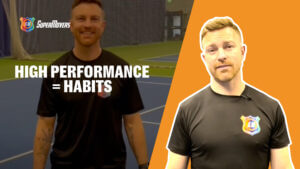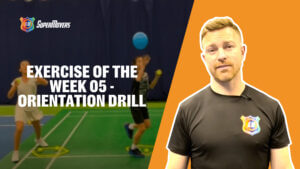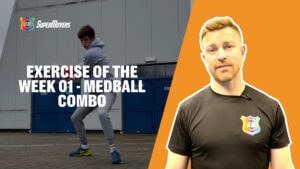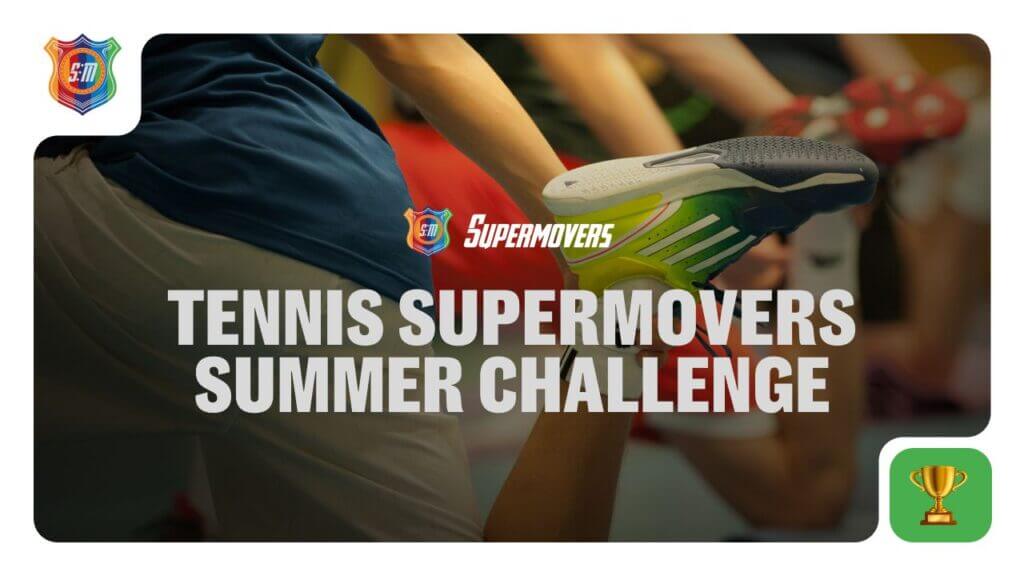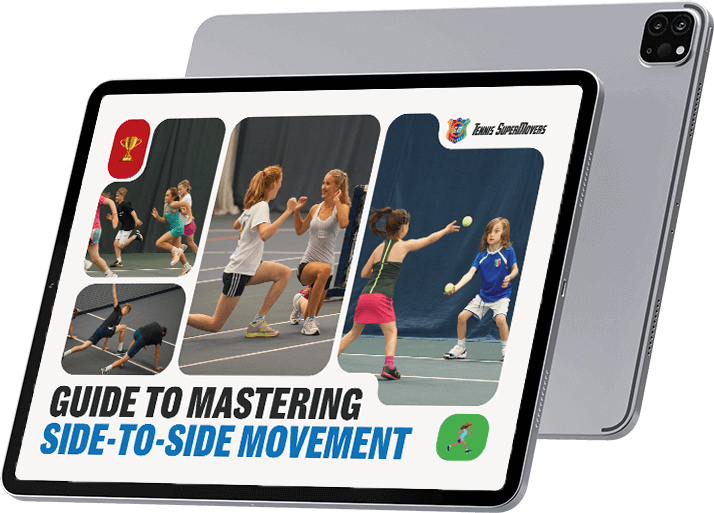Coordination Training - Part 2
Coordination Training – Part 2
In the second part of this two-part blog on coordination training, I will discuss the different elements involved and how to best integrate them in training programmes for success.
Firstly, when identifying the different components of coordination, you can use the mnemonic RB RADIO – here are the different areas and examples of each:
- Rhythm – best thought of as the ability to execute tasks using different tempos and speeds. Think of the different speed and tempo of movement to the net under two separate situations – chasing down a tough drop shot versus movement towards the net after an effective shot, putting the opponent under pressure and receiving a short ball.
- Balance – possibly the most important factor in tennis, this quality underpins movement, it is the management of equilibrium in both static and dynamic situations. Think how wide the top players can be stretched off the court, yet can maintain dynamic balance, to not only get themselves out of trouble, but hurt their opponent.
- Reaction – reducing the time between reading the most relevant stimulus and creating action. Visualise a great returner reading a subtle indication in the opponents serve mechanics to give you information on where to return from.
- Adaptability – arguably a combination of most of the qualities, to deliver the best possible answer to a movement problem/situation. As mentioned earlier, tennis is one of a few sports where players must adapt to several different surfaces.
- Differentiation – the action or process of distinguishing between two or more elements. The ability of a tennis player to rotate and differentiate the shoulders and hips is a high order principle of agility.
- Interoperability – the linking together of different elements. In tennis-specific movement combining the skills of a split-step, crossover and side-steps to move to a shot.
- Orientation – understanding your relative position in relation to your surroundings. For example, the ability to execute a drop shot, before having to transition to a smash and having to orientate yourself in the air to hit the shot, land, and move to your next position on the court.
So where does coordination training fit into the development of a tennis player? There is no getting around the fact that tennis is becoming an early specialisation sport – if we consider that Martina Hingis won her first junior slam at the age of 12, we must be creating high skilled players from an early age. The dangers of early sports specialisation are that athletes can become one-dimensional in their movement skills, they can be left with a narrow bandwidth of movements. They can end up with overdeveloped sport-specific skills and underdeveloped global motor skills. In the case of tennis, I support the fact that in order to excel in that sport, early exposure is vital. However, it is within our remit as coaches to also expose players to a much wider diversification of movement skills through developing motor skill proficiency.
Arguably the optimal time to focus on this type of training is with junior players. From a neural standpoint, youth athletes’ brains are much more ‘plastic’ – meaning they are quicker to learn, develop and refine new tasks. But, this training is not exclusive to these ages; even at the age of 25 we can still be refining our walking gait, so this type of training can still be highly beneficial for players of all ages. I use coordination tasks with all my athletes, integrating them into warm-ups, movement sessions and rest periods in the gym or on-court drills.
Here is a pre-hit warm up with Roger Federer in action with his physical trainer of 20 years. In my opinion Roger is the most coordinated athlete in history. In the space of eight-and-a-half minutes you will see an example of the whole spectrum of coordination qualities.
Childhood is a time of accelerated cognitive development; particularly the sensorimotor cortex, which is a key factor for developing fundamental movement skills (FMS) and neuromuscular coordination. So, to ensure the biggest positive transfer of training we must ensure this work is prioritised early and continued throughout childhood into adolescence.
First it is important to define the components of effective motor skill proficiency.
FMS can be broken into three key areas:
- Locomotion – running, hopping, skipping, jumping, landing
- Stabilisation – bracing, balancing, anti-rotation/extension/flexion/lateral flexion
- Manipulation – throwing, catching, grasping, striking, kicking
In addition to FMS, the athlete must also be able to produce, reduce and absorb force. These are expressed by the following movements:
- Lower body squatting
- Lower body hinging
- Upper body pushing – vertically and horizontally
- Upper body pulling – vertically and horizontally
- All the above bilaterally and unilaterally
The combination of the two elements has been classed by Lloyd and Oliver as Athletic Motor Skill Competencies (AMSC). The exposure to and the development of these AMSCs prepares the athlete for more advanced training methodologies such as weightlifting, high intensity plyometrics and sport-specific speed and agility.
In addition to the physical components, perceptual-cognitive development should also be prioritised. This can be achieved by including elements of coordination within movement tasks, working on reactions, anticipation, visual scanning, pattern recognition and knowledge of situations. These elements are those suggested by Young and Farrow as integral components of agility. It is the combination of these elements with change of direction speed which underpin the movement demands of a tennis player.
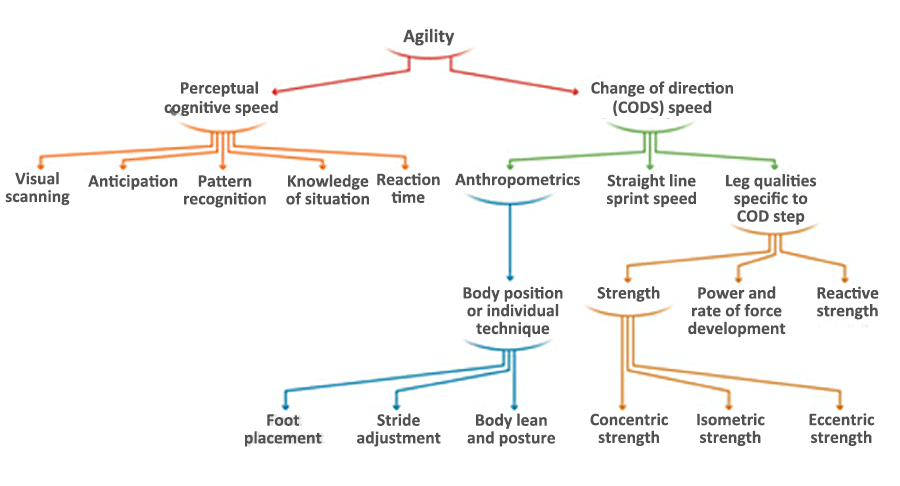
In conclusion, to create effective motor skill proficiency with the integration of coordination training, there are there five key components:
- Cognitive processing – the task must force the athlete to think via solving ‘movement puzzles’.
- Execution of the correct fundamental patterns – know your coaching points. What does good look like?
- Expressing muscular force – the sport of tennis, even from a young age, demands effective force production, reduction and absorption.
- Enriching learning environment to maximise motor skill proficiency – make it fun.
- Systematic – via context specific planning and delivery, you have the potential to overcome genetic limitations and increase the ceiling of expected motor skill development.
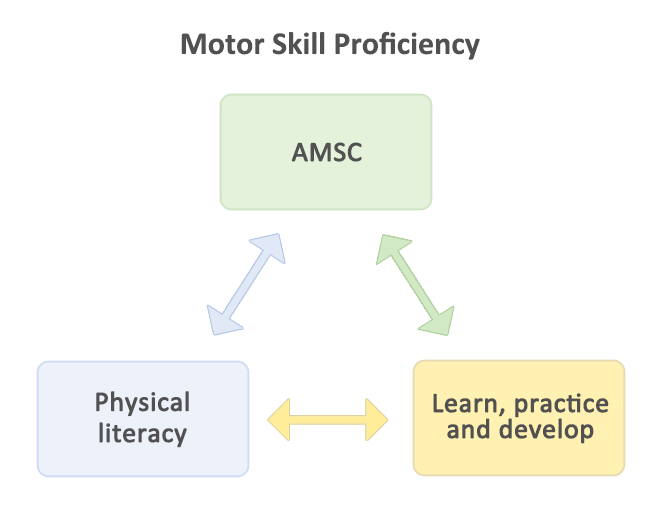
By following these guidelines, movement skill development can be specific to the individual, which can include progressions and regressions. This also allows athletes to revisit key FMS and coordination skills during growth and adolescent awkwardness. This holistic approach to development produces more robust and adaptable athletes, which may, in turn, lead to reduction of injury risk and overuse injuries, while at the same time having a positive impact on performance.
Our job is to extensively master the basics, in order to create the most effective and efficient athlete, who is able to adapt, regardless of the situation or environment.
Here are some examples of putting these guidelines into effect:
As it’s Wimbledon time, we are celebrating with 10% off our Tennis SuperMovers At Home Programme until the 11th July – just enter WIMBLEDON10 here.


